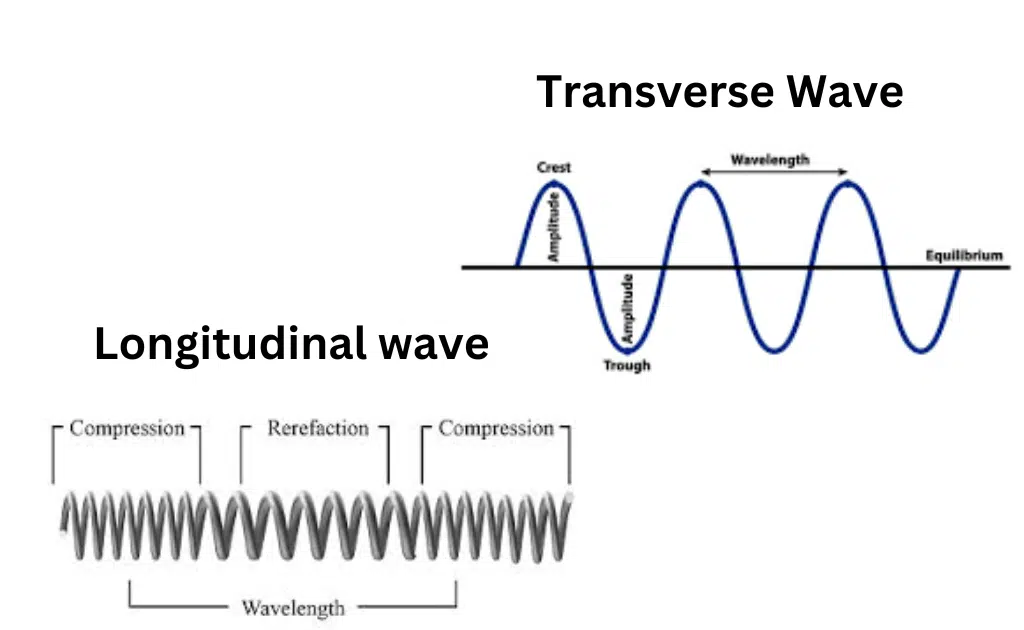Can transverse waves be Polarized?
A transverse wave is a type of wave where the displacement of the medium is perpendicular to the direction of wave propagation. Examples of transverse waves include electromagnetic waves, such as light waves, and mechanical waves, such as water waves and seismic waves.
Polarization refers to the orientation of the electric field of an electromagnetic wave. In an unpolarized wave, the electric field vibrates in all possible directions perpendicular to the direction of wave propagation. However, in a polarized wave, the electric field vibrates only in one direction or in a specific plane.
For example, when light passes through a polarizing filter, only the electric field components that are aligned with the orientation of the filter can pass through, while the other components are blocked. This results in a polarized beam of light.
Similarly, mechanical waves can also be polarized. One common example is polarized sunglasses, which use a vertical polarizing filter to block horizontally polarized light reflected from flat surfaces, such as water or snow. This reduces glare and improves visibility.






Leave a Reply